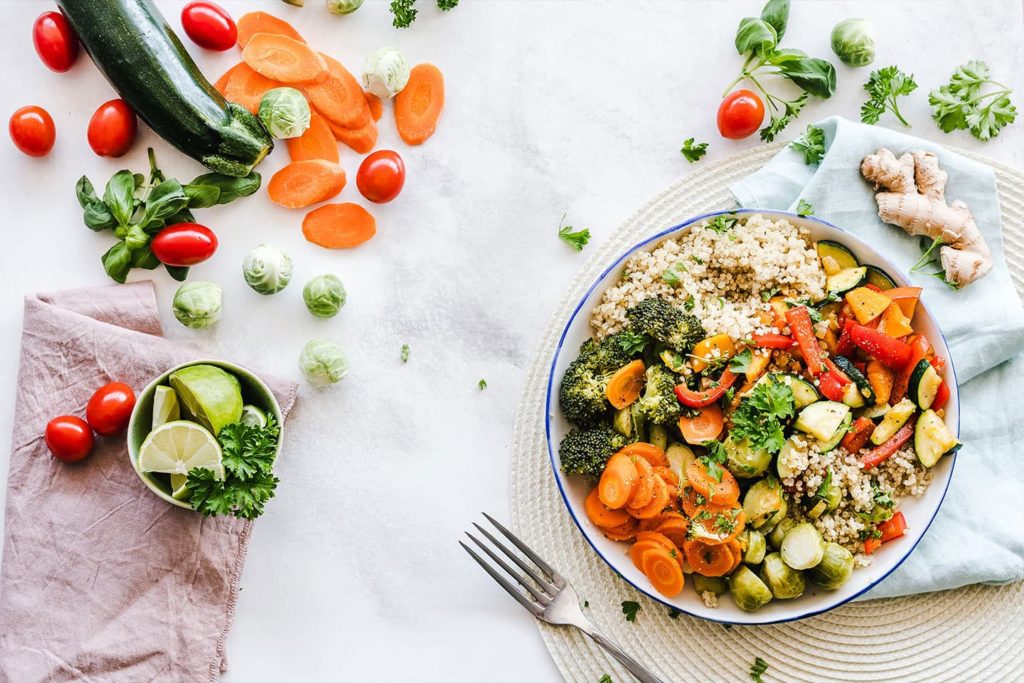Your House Paint May Contain Gut-Harming Antimicrobials
I’ve talked about all of the trouble associated antibacterial products (preventing the development of bacteria) and antimicrobial products (preventing the spread of fungi, viruses and bacteria) too many times to count on my blog.
Over-sterilizing your life creates lots of problems for your gut microbiome. And, this doesn’t include exposures to all sorts of things under our very noses — from yoga mats to common personal care products like toothpaste — that contain gut bacteria-robbing chemicals.
Could the latex paint that lines the walls of your home be another problem hiding in plain sight?
Antimicrobial latex paints put to the test
Researchers at Northwestern University and the University of Chicago tested the effect of three kinds of antimicrobial, synthetic latex paints (formulated to improve indoor air quality) on bacteria in a study featured in the journal, Indoor Air.
To reproduce the typical home environment, scientists painted a group of 2×2-inch squares of drywall twice (with a day in between applications for drying), added tiny drops of water and placed them in sealed glass jars.
Then, some of the samples were exposed to five forms of bacteria taken from gym facilities that are commonly found in homes.
Within a day, all but one of the bacterial species — the spore-forming Bacillus timonensis — had died. The concern: Most bacteria die on dry, cold surfaces, but why not this one?
Spreading bacteria where it shouldn’t be
When bacteria are attacked with antimicrobial chemicals, they will mount a defense, says lead researcher Erica Hartmann. “Bacillus is typically innocuous, but by attacking it, you might prompt it to develop more antibiotic resistance.”
Spore-forming bacteria like Bacillus timonensis protect themselves on painted surfaces by lying dormant for a time, and resisting harsh conditions until they reactivate.
By now, you’re probably wondering why paint companies don’t test their antimicrobial products on common forms of bacteria. That was the gist of the test, Hartman says.
All too often, companies test their products on how E. coli — considered by some to be the “lab rat” of the microbial world — and Staphylococcus survive, yet ignore other microbes people encounter every day.
“We should be judicious in our use of antimicrobial products to make sure that we’re not exposing the more harmless bacteria to something that could make them harmful,” Hartmann says.
Protecting your immune health
The presence of antimicrobial cleaners and paints in our lives can create a “too clean for our own good” environment that hurts our health in many ways.
Exposure to antibacterial and antimicrobial products, even those seemingly as benign as paint, can harm us by eroding the delicate balance of bacteria in our gut.
Maintaining a healthy balance of gut bacteria helps our body do critical things like fortifying our immune systems and creating nearly all of the serotonin our bodies need.
Taking a good probiotic, ideally with multiple strains of beneficial bacteria like EndoMune Advanced Probiotic, is an easy way to protect your overall health and your gut from antibacterial products that may hiding on your walls, countertops and elsewhere.
Your House Paint May Contain Gut-Harming Antimicrobials Read More »


